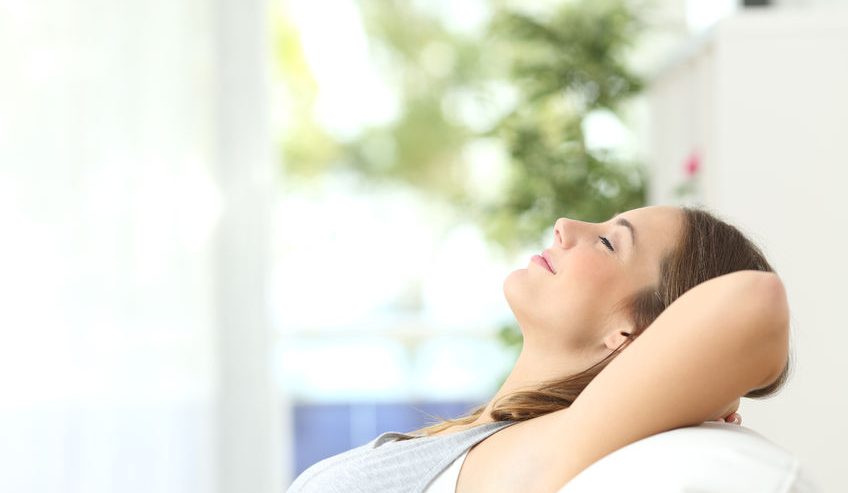What is a Passive Ventilation System?
Maintaining healthy indoor air quality is one of the most important things to keep in mind as a responsible homeowner and there are a variety of ways to go about doing this. Before deciding on an option, however, it helps to know a little more about what can cause poor indoor air quality. More often than not, this means insufficient ventilation throughout the home, which can lead to pollution from household cleaning agents or other allergens from pets. Having a strong ventilation system in place is therefore necessary to keeping your air clean, and of the available types, a passive ventilation system might just be best for you.
The professional contractors you will find on ServiceWhale are well versed in all sorts of ventilation types, and if you are looking for additional information on possibly installing a passive ventilation system in your home, you have come to the right place. Read through this guide to learn more.
How Does Passive Ventilation Work?
Like most other ventilation systems, passive ventilation requires the use of vents throughout the home to keep your indoor air quality clean. However, instead of placing these vents in kitchens, bathrooms, and attics exclusively, vents are used on exterior walls and windows in order to better incorporate outdoor airflow. A passive ventilation system will then draw in fresh air to circulate throughout the home itself, with precision dampers and filters to screen out dust and other insects.
What are the Benefits of Passive Ventilation?
Perhaps the biggest benefit of a passive ventilation system is its help in making your home more energy efficient. Passive ventilation requires neither electricity nor much maintenance, and as a result, a passive system will lead to dramatically lower costs on your next energy bill. The most maintenance you can typically expect is a periodic filter change.
What to Keep in Mind with Passive Ventilation
There are some factors that you would do well to keep in mind regarding a potential passive ventilation system in your home. Perhaps the most significant of these is the fact that passive systems depend a lot on outdoor temperatures and typically work best when there is a pronounced difference between indoor and outdoor temperatures. You should also know that passive ventilation systems need some mechanical help breaking through humidity and recovering heat.
How to Learn More About Passive Ventilation Systems
A passive ventilation system might be a very good choice for your home depending on certain factors, including where you live and ease of access for contractors. The only way you can know for sure, however, is by actually discussing your needs with a professional capable of assessing them. In this regard, ServiceWhale can most definitely help.
Our contractors have innumerable years of experience on their side, and ServiceWhale can easily put you in touch with them. All we need from you to get started is a general idea of what you are looking for in your new ventilation. For all other questions, please get in touch with one of our representatives to see how we can best help you.





Comments
Comments are disabled for this post